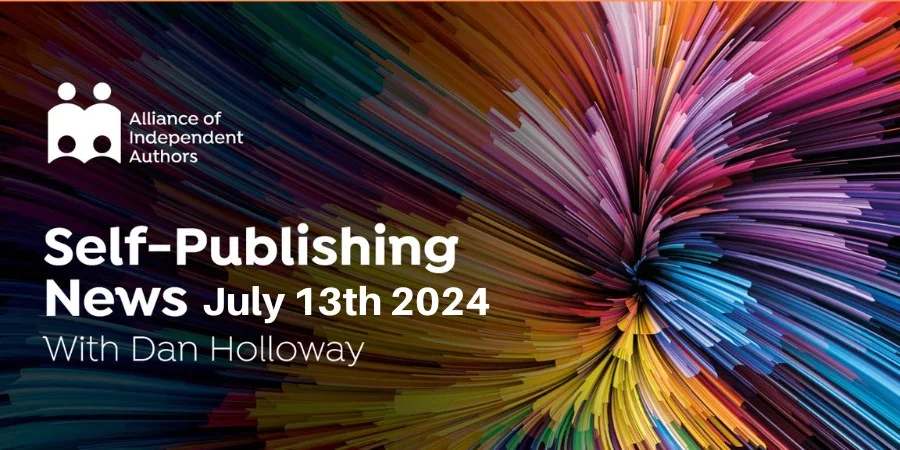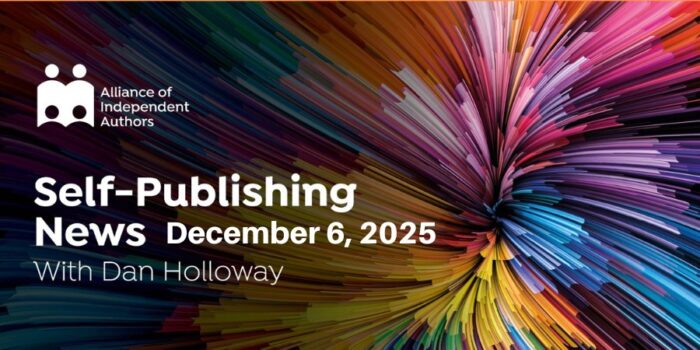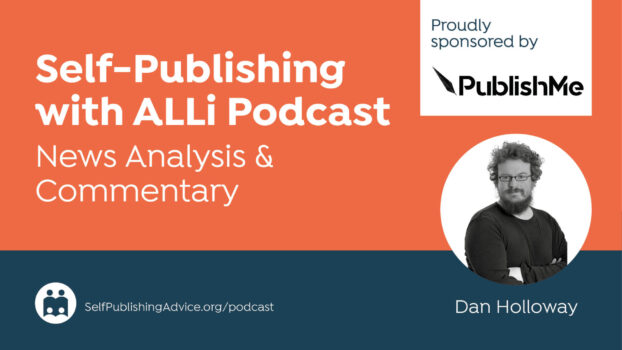
ALLi News Editor, Dan Holloway
Is Spotify building an Audio Social Network? It’s interesting that Spotify has nudged its way back into the news of late with a couple of moves relevant to writers. First, there was the decoupling of audiobooks from its music streaming by allowing listeners to select between a premium service that included fifteen hours of audiobooks and a dollar-cheaper basic service that didn’t. Now they are supporting comments on podcasts, and TechCrunch has a fascinating article suggesting that may get rolled out across all audio.
While the company has not claimed to be setting out a stall as an all-embracing audio social network, the article lists a series of recent developments that, while individually incremental, add up to something very like such a network. They cite CEO Daniel Ek’s untrammeled admiration of TikTok’s ability to help creators and consumers connect. All of which suggests Spotify may increasingly become a place for creating, nurturing, and giving value to the unicorns we all chase: true fans.
Speaking of finding ways to attract readers to our work, I found Publishing Perspectives’ piece on Penguin Books UK's Cover Design Awards fascinating. Or rather, as someone with books coming out shortly, I found it incredibly insightful to see exactly what Penguin thought prize-worthy from what it claims to be 1,800 entries. The brief was simple: reinvent the cover of an existing Penguin title.
The cynical among us might be intrigued to see what data rights entrants were giving the publisher. They might also be equally fascinated to compare the entries and aggregated versions thereof to forthcoming releases. But most of all, it’s worth taking note of what is seen as good design. Because that will surely be reflected in what pushes readers’ buttons in the months to come.
Two things stuck out for me. As a nonfiction writer, I was really interested to see that the reimaginings of James Clear’s blockbusting bestseller Atomic Habits completely lacked the “bold abstract visual plus clean typeface” combo that has dominated recent nonfiction. I must say there wasn’t anything about the fiction titles that seemed innovative or cutting edge. If there was a theme, it was a recall of analog print media from the past, like ’70s movie posters or highly grainy newspaper images. Perhaps a harking back to an analog age? Definitely worth a look for anyone wanting to give readers an extra nudge.




